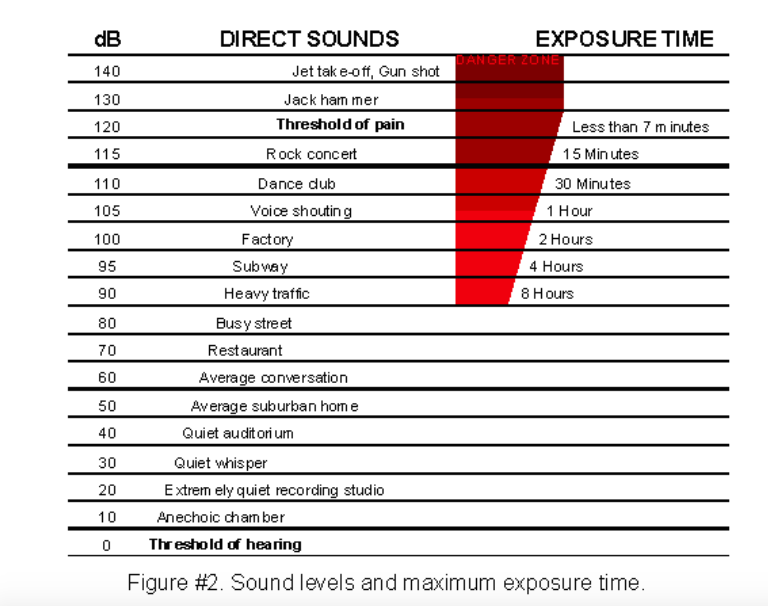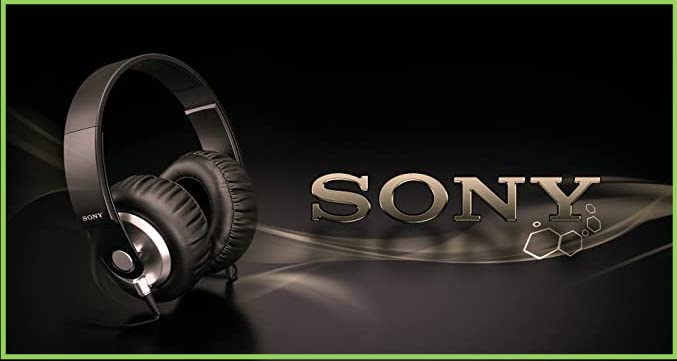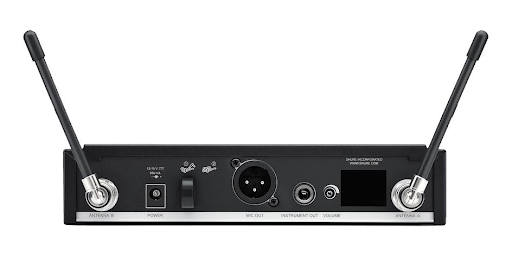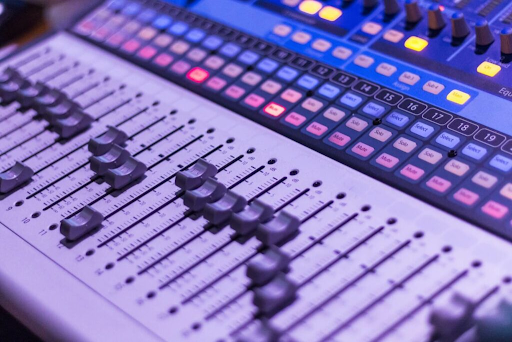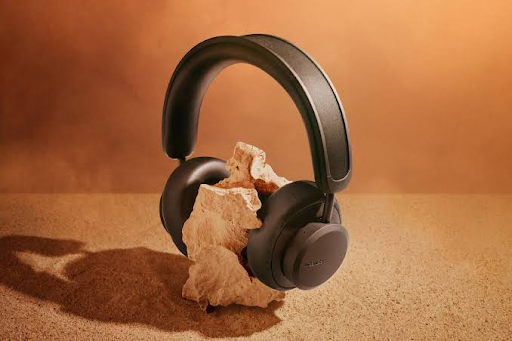Soundlink Bluetooth speakers are without a doubt among the best on the market today. However, users may have connection difficulties that necessitate pairing or resetting. If you are having the same issue, continue reading to learn how to reset Bose Soundlink Color 2 speakers. These headphones comes with noise cancellation while they’re rolled up. The speaker has a silicone coating that makes it simple to grasp, and two passive radiators are hidden inside to intensify the bass. The six-button panel allows users to switch between different source sources, access virtual assistants, and manage playback features. Strangely, Google Assistant communicates replies in a nearly silent manner. When two SoundLink Color II speakers are connected together in the Bose SoundLink Color II’s optional “Party Mode,” the output volume is doubled.
Let’s study about Bose Soundlink before we dive into “how to reset bose soundlink color 2 speaker ?“.
WHO FOUNDED BOSE CORPORATION COMPANY ?
Amar Gopal Bose was a businessman and educator from the United States. He established the company in 1964. For nearly 45 years, he was a professor of electrical engineering and sound engineering at MIT. According to Bose, his best ideas typically came to him in a flash. “These breakthroughs are not the outcome of rational thought; they are the result of an intuitive conception.” The Bose Corporation manufactures audio equipment. Amar Bose founded the company in 1964 in Framingham, Massachusetts. Some of its best-known products are home audio systems and speakers, headphones, professional audio equipment, and car sound systems. The Massachusetts Institute of Technology owns the majority of Bose Corporation. Amar Bose gave non-voting shares to MIT in exchange for cash dividends. According to the corporate annual report for the fiscal year 2021, Bose Corporation had yearly revenues of $3.2 billion and employed roughly 7,000 people. The company’s first product, the Bose 2201, was released in 1966. It was an odd design many of which faced away from the listener. The 2201 was intended to be positioned in a room corner, with reflections off the walls increasing the perceived size of the room. The 2201 was a market failure that was phased out after three or four years. Products from Bose are made in the US, China, Mexico and Malaysia. Bose Corporation informed the Town of Stow in early 2021 of its intention to close the 81.5-acre Stow site after 18 years, relocating roughly 1500 employees to the Framingham headquarters. Bose has plants in Tijuana and San Luis Ro Colorado, Mexico. The Malaysian Bose facility is in Batu Kawan, and it also serves as the company’s distribution base for Asia-Pacific and the Middle East.
WHY SHOULD YOU CHOOSE BOSE SPEAKERS?
Bose speakers are high-quality speakers. They have been around for a long time and are popular now because of their excellent sound quality. The sound quality of Bose speakers is the greatest. They feature excellent bass and treble, which is why they are so popular among music lovers. For more than 50 years, the firm has been developing high-quality audio devices. Bose concluded that the audio system measurement procedures used at the time were ineffective for evaluating the goal of genuine sound reproduction. The listener’s impression, according to Bose, is the best gauge of audio quality. The goal of this design was to produce a reflected sound dominance over direct sound in residential listening settings. In comparison to other systems, the design was out of the ordinary, with mid-range and high-frequency speakers directly facing the listener.
WHY DO BOSE SPEAKERS SOUND SO GOOD?
Because of the quantity of bass produced by the product and the volume capacity, Bose products sound wonderful. Bose products are loud and can cause vibrations in most environments. Most Bose headphones have noise-canceling technology, which reduces background noise while emphasizing the music being played. Bose products are well-known for the high quality of sound they create. However, nothing is known about the specific technology utilized in their goods.
BENEFITS OF USING BOSE SPEAKERS:
- Bose speakers are extremely sturdy and long-lasting, surviving for years without issue.
- They feature excellent sound quality that is clear and sharp, with minimal distortion even when the volume is set to maximum.
- The bass of Bose speakers is also strong enough to give your music a boost.
- You will receive more than you pay for since these speakers are well worth their cost.
- Bose speakers come in a variety of sizes, making it simple to pick one that will fit exactly on your desk or wherever else you want them.
Let us now address the subject of “how to reset bose soundlink color 2 speaker ?”
HOW TO RESET BOSE SOUNDLINK COLOR 2 SPEAKER, BLUETOOTH ?
A reset can reboot your product or clear all product settings, returning it to its original out-of-the-box configuration. Determine whatever options are available to reset your product.
This Reset will return the device to its factory default settings:
- For around 10 seconds, press and hold the Power button until the Bluetooth light blinks blue.
- A voice prompt directs you to choose a language. You’re done.
ALTERNATIVE METHOD:
If you still have doubts regarding how to reset bose soundlink color 2 speaker, you may try an alternative method.
Step 1: First and foremost, connect the speaker to a power source.
Step 2: Press and hold the multi-function button on your speaker for at least 10 seconds.
Step 3: Do not simultaneously depress the button and disconnect the speaker from the power supply.
Step 4: Finally, depress the
Step 5: Finally, reconnect the system to power to complete the restart procedure.
So, those are the procedures you need to take in order to reset your Bose Soundlink colour speakers. If you are using a Bose Soundlink revolve speaker, press and hold the Power button for at least 10 seconds. The speaker will then restart and reset on its own.
CONCLUSION:
The Portable Smart Bose Speakers for Home is a wireless home speaker, portable Bluetooth speaker, and voice-controlled speaker all in one. You can move it from room to room and take it with you when you leave the house. multi-function button.









